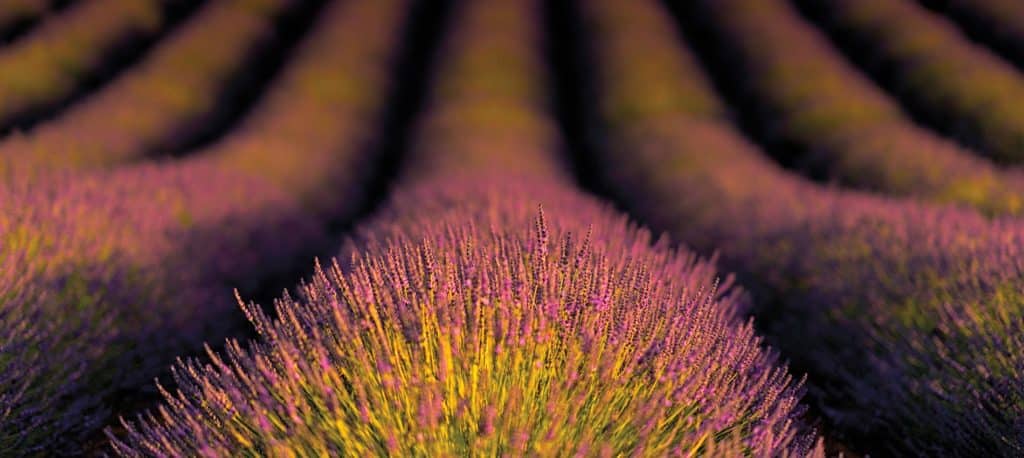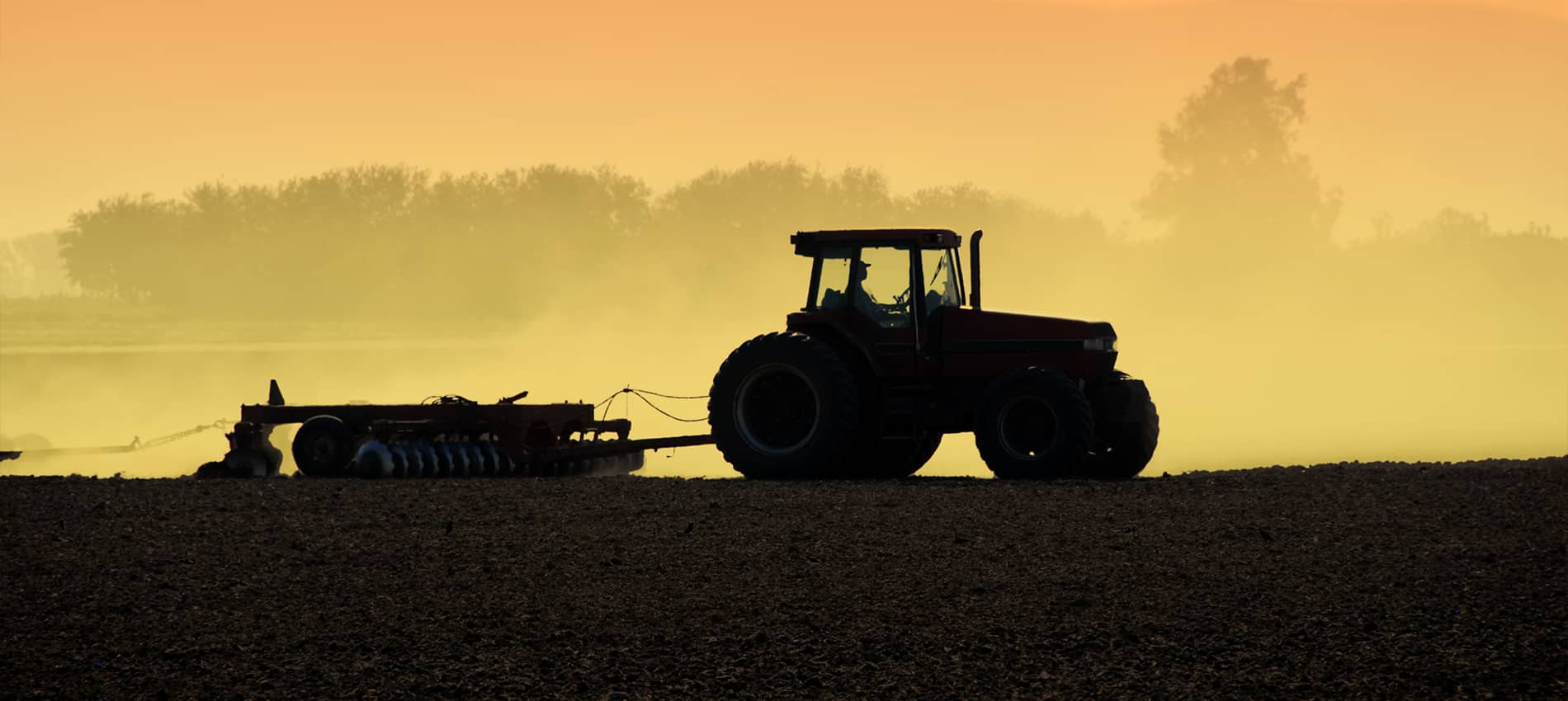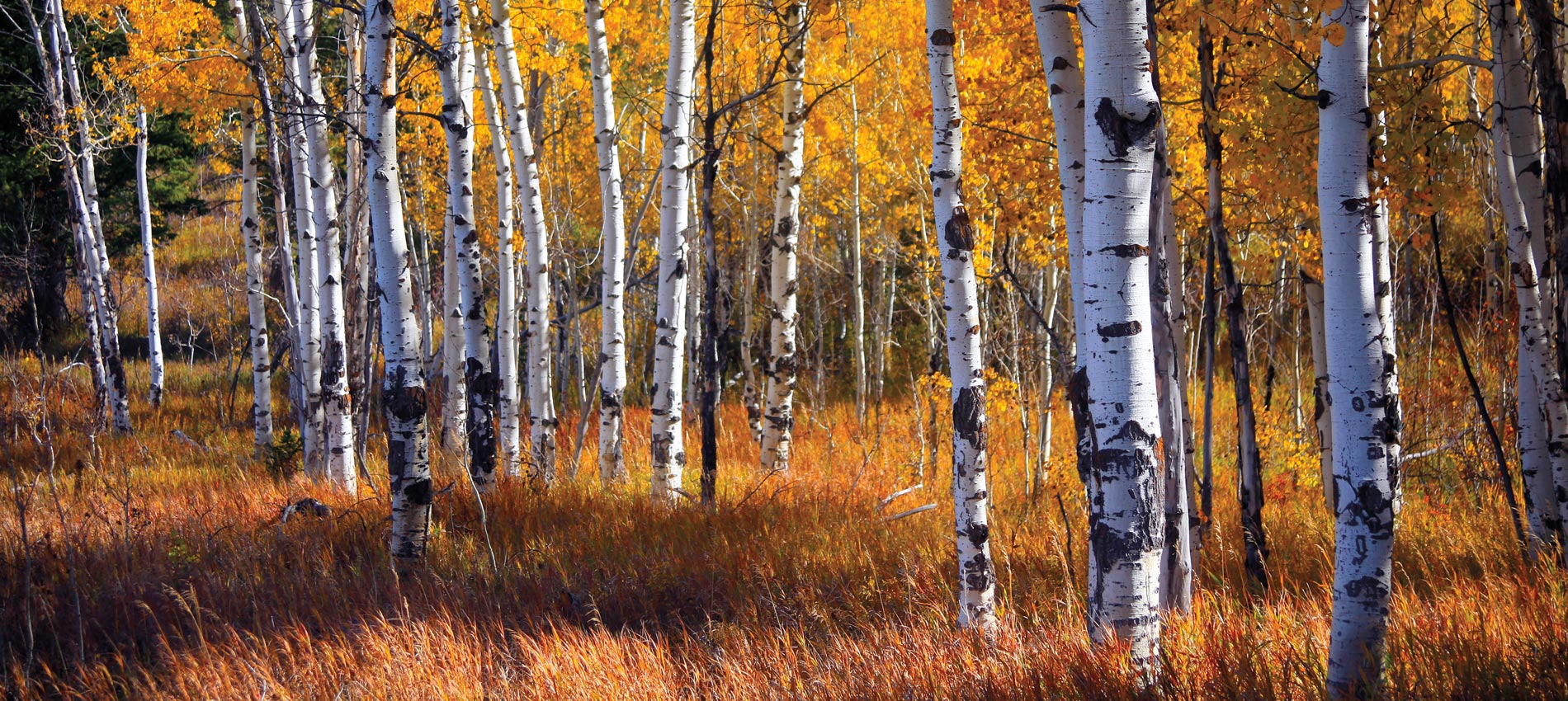Lavender: Another Reason to Visit the Hill Country
This article is featured in the Summer 2021 issue of Texas LAND magazine. Click here to find out more. Imagine fields of lavender. . . . Now, look at a map of Texas. The Hill Country is lush with fields of this beautiful aromatic purple herb. Surprised? Lavender festivals, farms, and...







